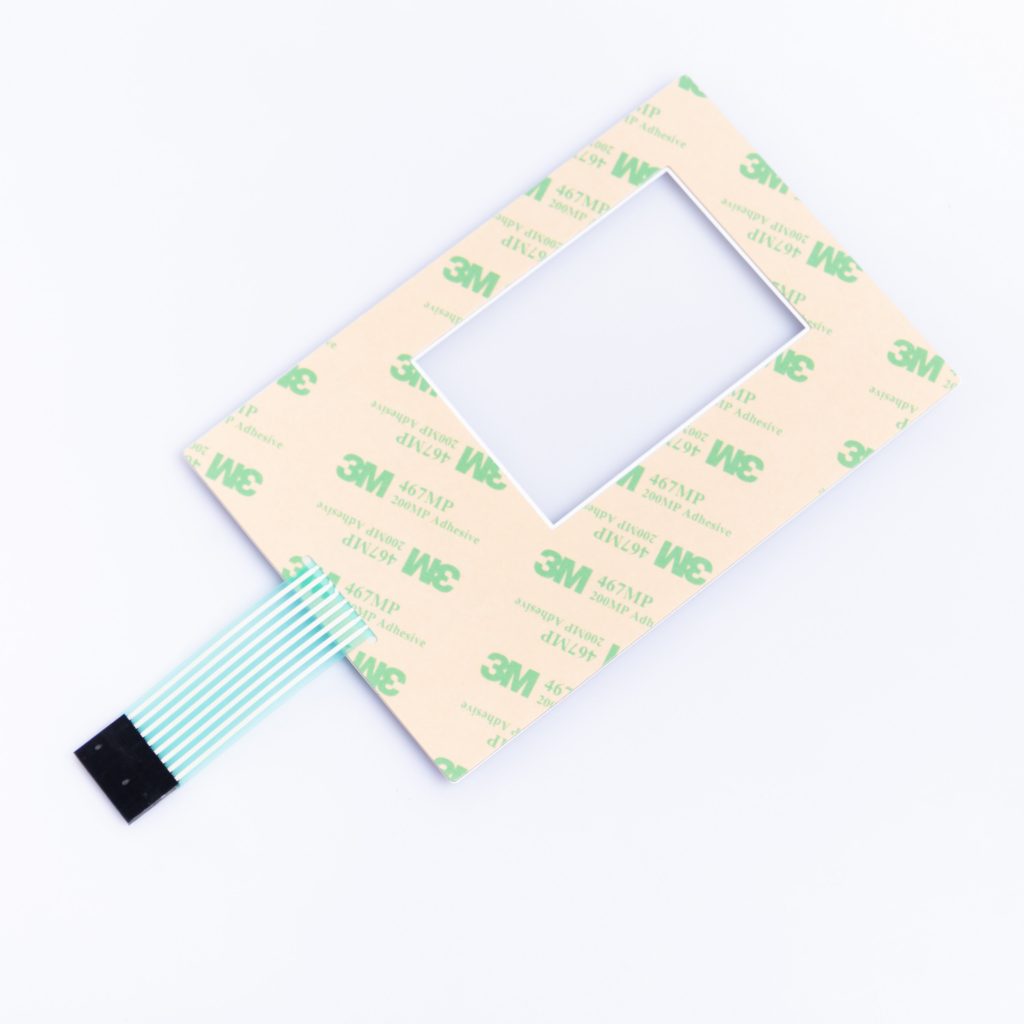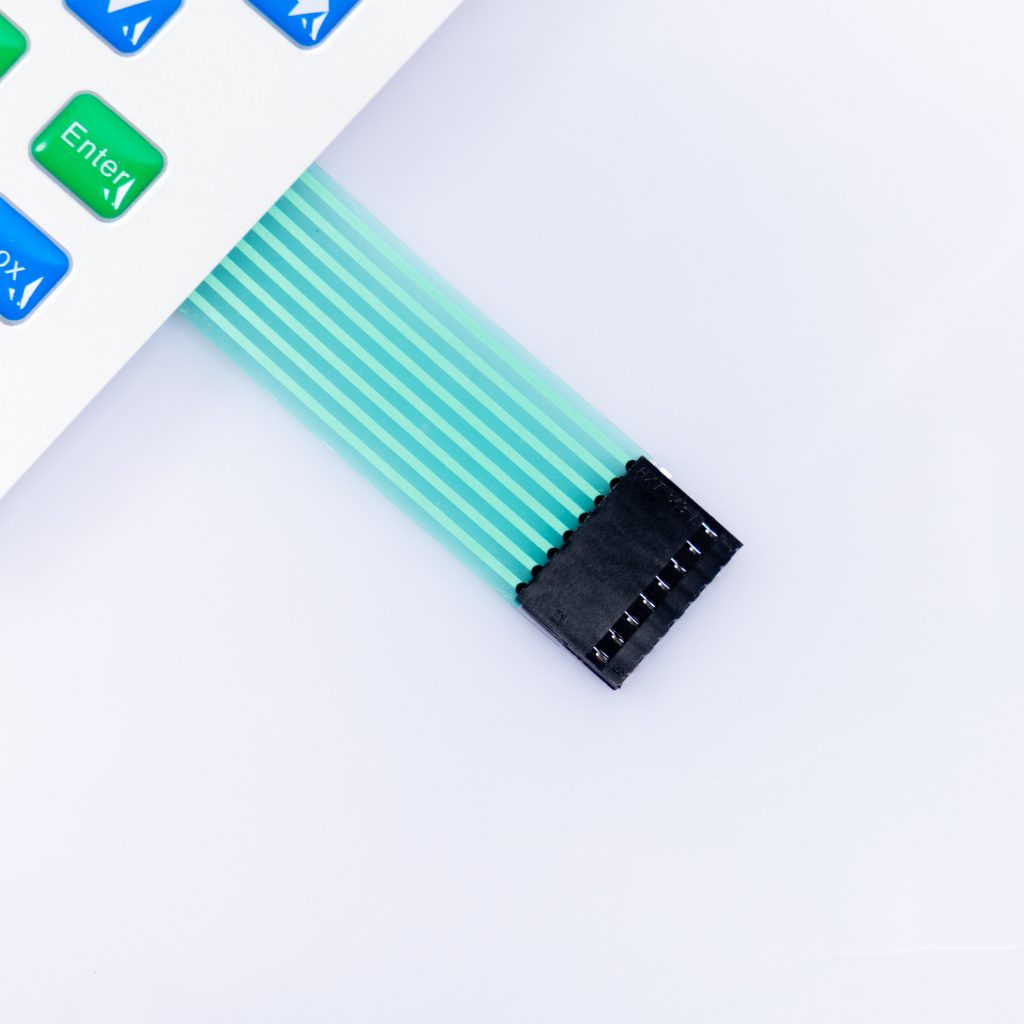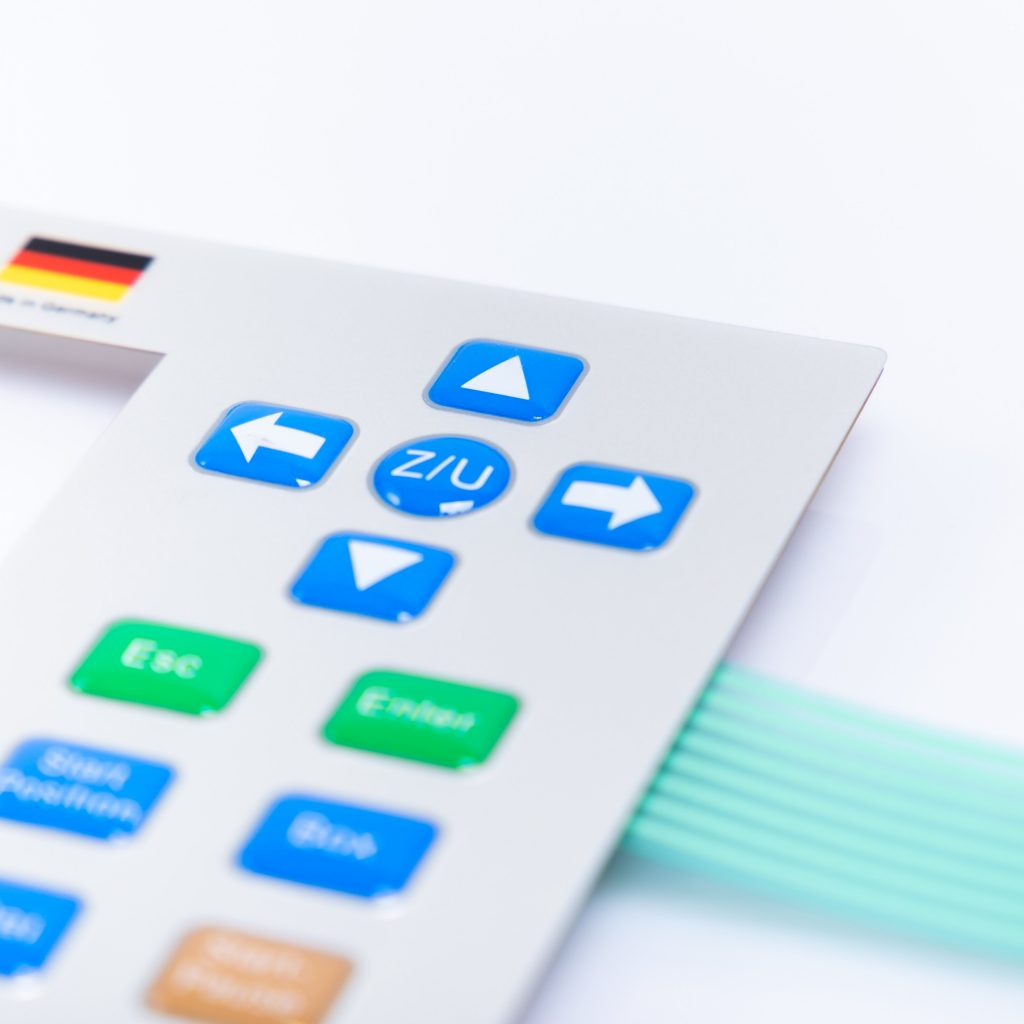Contact
Write to Us And We Would Be Happy to Advise You.
Do you have any questions, or would you like to speak directly with a representative?
By hqt
In the world of electronic interfaces and control systems, membrane switches have gained significant popularity due to their versatility and reliability. Membrane switches are used in a wide range of applications, from medical devices and industrial equipment to consumer electronics. One crucial component of a membrane switch is the back panel, which plays a vital role in ensuring the switch’s functionality and durability. In this article, we will explore the general options available for the back panel of a membrane switch, shedding light on the materials and features that can be incorporated to optimize performance.



Before delving into the back panel options, let’s briefly understand what a membrane switch is. A membrane switch is a low-profile, momentary contact switch consisting of several layers. These layers typically include a graphic overlay, a top circuit layer, spacer or dome retainer layer, and a back panel. When a user presses a specific area on the graphic overlay, it flexes and makes contact with the top circuit layer, completing an electrical circuit and triggering the desired function.
The back panel of a membrane switch is often overlooked, but it plays a critical role in the overall performance and durability of the switch. It provides support and protection for the internal components and prevents the switch from flexing too much during operation. Here are some general options for the back panel:
A rigid PCB is a popular choice for the back panel of a membrane switch. It offers excellent rigidity and support, ensuring that the switch maintains its shape and function even under heavy use. PCBs can be customized to include mounting holes and connectors for easy integration into electronic devices.
For applications where flexibility is essential, a flexible PCB back panel can be used. This option allows the membrane switch to conform to curved surfaces or irregular shapes. Flexible PCBs are lightweight and ideal for portable devices.
Metal backers, such as aluminum or stainless steel, provide durability and protection against environmental factors. They are often chosen for industrial and outdoor applications where the switch needs to withstand harsh conditions.
Polymer backers are lightweight and offer good chemical resistance. They are suitable for applications where weight reduction is crucial and exposure to chemicals is a concern.
In addition to the material choice, there are several features and considerations to keep in mind when selecting the back panel for a membrane switch:
The surface finish of the back panel can affect the switch’s appearance and feel. Options include matte, glossy, or textured finishes, depending on the desired aesthetics and functionality.
Consider how the membrane switch will be mounted within your device. Some back panels come with pre-drilled holes or adhesive options for easy installation.
Think about the operating environment of your application. Will the switch be exposed to moisture, extreme temperatures, or chemicals? Choose a back panel material that can withstand these conditions.
If your membrane switch needs to integrate with other electronic components, ensure that the back panel can accommodate connectors, traces, and other necessary features.
The back panel of a membrane switch may not always be in the spotlight, but it is a crucial component that determines the switch’s overall performance and durability. Whether you opt for a rigid PCB, flexible PCB, metal backer, or polymer backer, your choice should align with the specific requirements of your application. Consider factors like surface finish, mounting options, environmental conditions, and integration needs to make an informed decision.
So, when designing or selecting a membrane switch, don’t underestimate the importance of the back panel. It’s the backbone of a reliable and functional interface.
What is the primary function of the back panel in a membrane switch?
Can a membrane switch with a flexible PCB back panel be used in industrial applications?
Are metal backers suitable for outdoor applications?
What factors should I consider when choosing the surface finish for the back panel?
How can I ensure the membrane switch’s integration with other electronic components?
Do you have any questions, or would you like to speak directly with a representative?